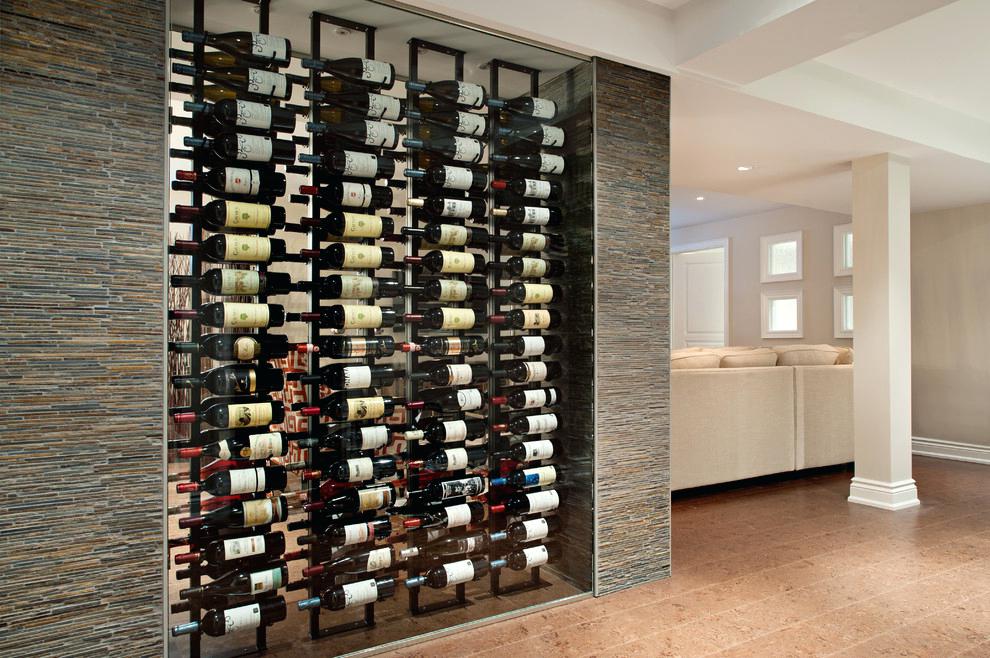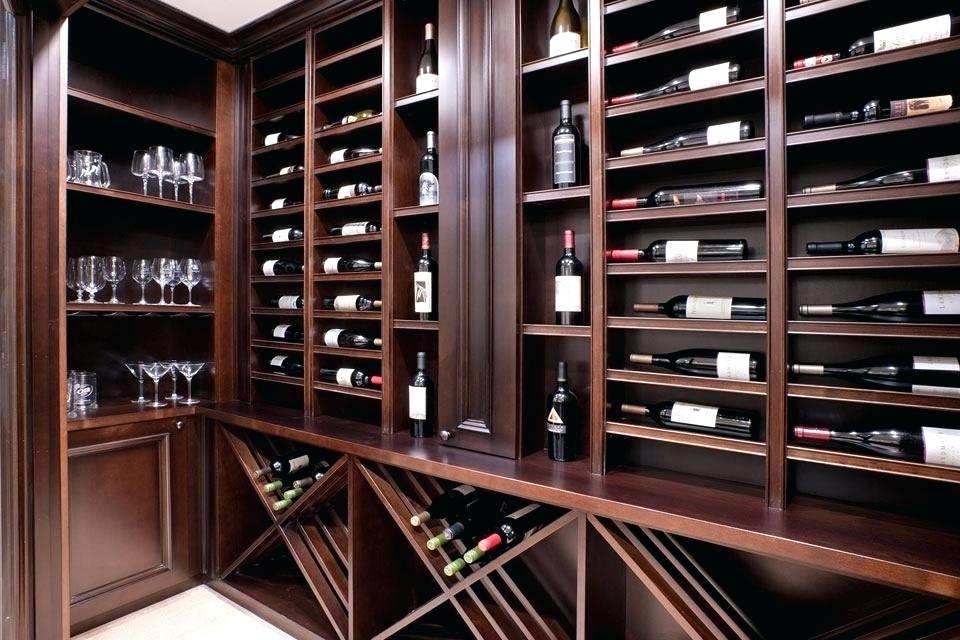“In vino veritas.” ~ In wine, there is truth.
Often, there’s a fair amount of money invested in wine as well. Wine ownership can range from a couple of half-empty bottles you’ve been meaning to replenish for months to extensive collections of rare vintages that may be irreplaceable.
Try as you might, it’s difficult or even impossible to find a direct reference to wine in a standard home insurance policy. Most policies don’t mention the topic. Does home insurance cover wine at all? The answer, as with many things in life, is, “Sometimes.”
An important consideration is that not all home insurance policies are created equal and some may have more specific language regarding wine or similar spirits. Still, there are enough commonalities in policies to have a general discussion on wine coverage.
Your personal property coverage
Because wine isn’t specifically mentioned in most home insurance policies, its coverage for many risks follows the coverage for your other personal property, meaning your belongings. Personal property is covered under Coverage C on your homeowners insurance policy, which typically covers specifically named risks – up to your chosen coverage limit. Several exclusions also apply, including damage due to intentional acts and some weather-related risks, like flooding.
Coverage limits
Many home insurance policies are structured so that the personal property coverage is set at 50% to 75% of the dwelling coverage. For example, if your home, meaning the structure and fixtures, is insured for $500,000, your personal property coverage may be set at $250,000 as a default amount. You can adjust this coverage amount, as needed, but it’s always best to think of your coverage as an “up to” amount.
If you have a covered loss, particularly a larger loss, an adjuster usually visits to assess the damage. If you make a claim for $50,000, stating your wine collection was damaged due to a burst pipe (a covered risk) and the only damaged wine the adjuster can find is a couple of half-empty bottles in the fridge, you won’t be getting a $50,000 check for the wine. Coverage is usually limited to losses that can be demonstrated. In total, however, all your personal property damaged by the burst pipe is covered “up to” your chosen coverage limit. Some types of valuables have sub-limits for coverage, which limit coverage for certain items to a dollar amount, but wine isn’t among those items on most home insurance policies. Often, there are also some limitations on how you will be compensated for your loss.
Actual cash value coverage
Coverage for your personal property is provided either at replacement cost or at actual cash value. The latter is commonly used for personal property coverage, so it’s important to understand the distinction.
Replacement cost coverage, sometimes referred to as Replacement Cost Value (RCV), means the insurer will pay to replace the item with another item of like kind and quality. In simpler terms, the insurer will pay the true replacement cost. Hence, the name.
Many home insurance policies provide coverage for personal property at Actual Cash Value (ACV), which means the insured value of a covered item may (and often does) go down due to wear and tear or simply due to age. This can cause a disconnect between the insured value of your wine and what you might feel your wine is worth. Of course, losses would have to be substantiated as well.
All Risk coverage
Some home insurance policies cover your personal property for all risks, except those specifically excluded on the policy. You may also see this type of coverage referred to as “Open Perils”. Among the common exclusions for all risk coverage are floods and earthquakes, as well as power failures, which can affect climate-controlled wine storage. However, many home insurance policies cover personal property using what’s called Name Peril Coverage. All risk coverage for personal property is available as an endorsment (an add-on) through some insurers.
Named Peril coverage

Here are the perils commonly covered by named perils coverage for damage to personal property:
- Lightning or Fire
- Hail or Windstorm
- Damage caused by an aircraft
- Explosions
- Riots or Civil disturbances
- Smoke damage
- Damage caused by vehicles
- Theft
- Vandalism
- Falling objects
- Volcanic eruption
- Damage from the weight of snow, ice, or sleet
- Water damage from plumbing, heating, or air conditioning overflow
- Water heater cracking, tearing, and burning
- Damage from electrical current
- Pipe freezing
There are a lot of ways that wine can be damaged or its value diminished that aren’t covered in that list. Some of the more common risks to wine include breaking a bottle, spoilage, or damage to a label, which can diminish the value of a rare wine even if the wine itself is unharmed. These risks aren’t covered by a policy with named peril coverage for personal property. We’ll examine some possible coverage solutions shortly.
Common exclusions
Whether your policy is all risk for personal property or named peril coverage, there is a short list of coverage exclusions you’ll find on nearly every policy:
- Ordinance of Law
- Nuclear Hazard
- Water (floods and seepage)
- Earth Movement (earthquakes, settling, and sinkholes)
- Power failure
- Inherent Defects
- Governmental Action
- War/ Military Action
- Vermin
Understanding how your deductible affects your coverage
One other consideration regarding coverage for wine is your deductible. It isn’t uncommon for home insurance policies to come with a deductible of $1,000 or more. The deductible is the amount you agree to pay toward a loss before the insurer has to pay toward a claim. If a $500 bottle of wine was damaged in a covered claim, a $1,000 deductible would prevent the claim from being paid. Some deductibles are structured as a percentage of the dwelling coverage, typically making the deductible much larger.
Viewed another way, a deductible is an agreement with the insurer wherein you agree to cover the smaller losses (up to your deductible amount) and the insurer covers the big losses (exceeding your deductible amount). Deductibles help to keep home insurance more affordable because the home owner assumes some risk as well.
Scheduled coverage or personal articles floater
If your wine collection is valuable, scheduled item coverage or a separate personal articles policy can provide better coverage than the standard personal property coverage on your home insurance policy. Scheduled coverage is an add-on to your existing home insurance policy which names specific items that you’d like to cover at a specific value. A personal articles floater, sometimes called a personal articles policy, is independent of your home insurance policy but also provides coverage for specific items at a specified insured value.
In both cases, your insurer will require an appraisal or a recent receipt to help establish an insured value. Underwriting requirements can vary from one insurer to the next.
There may be a per-bottle coverage limit, depending on how your policy is structured. For example, for a growing collection, your coverage may read:
“100 bottles of wine not to exceed $500 per bottle.”
This is an example of “blanket coverage”. In other cases, specific – and usually particularly valuable – assets may be listed on the policy. Discuss your needs with your agent to find the best wine coverage solution.
Coverage can include similar collections of alcohol (brandy, scotch, etc.) if they are scheduled or named on a personal articles policy.
Additionally, scheduled items or items insured on a personal articles floater may be covered for all risks and often aren’t subject to a deductible. Exclusions will still apply, but a smaller list of exclusions than found on your personal property coverage is a possibility.
Dedicated wine insurance policies
Some insurers offer a dedicated wine insurance policy. If your wine collection is extensive, this option may be worth exploring. Expect similar coverage to what you’d find with a personal articles floater, but perhaps with some additional flexibility in coverage to account for changing wine inventory. Additionally, some policies provide coverage for losses due to label damage, which can diminish the value of the wine even when the wine itself is not damaged.
Wine storage considerations

Experts recommend storage at 55 degrees Fahrenheit, which typically necessitates a separate storage room for valuable wine collections. Humidity in your storage area should be at 65 to 75 percent. Humidity levels above or below those levels can damage the cork or the label.
Of course, you’ll also want to minimize foot traffic and vibrations wherever you store your wine collection – and the storage area should be dark. Both sunlight and incandescent light can damage wine labels.
Top 5 List of Best Insurance Companies for protecting for High-End, Luxury Properties





